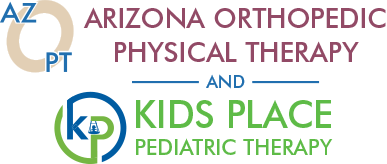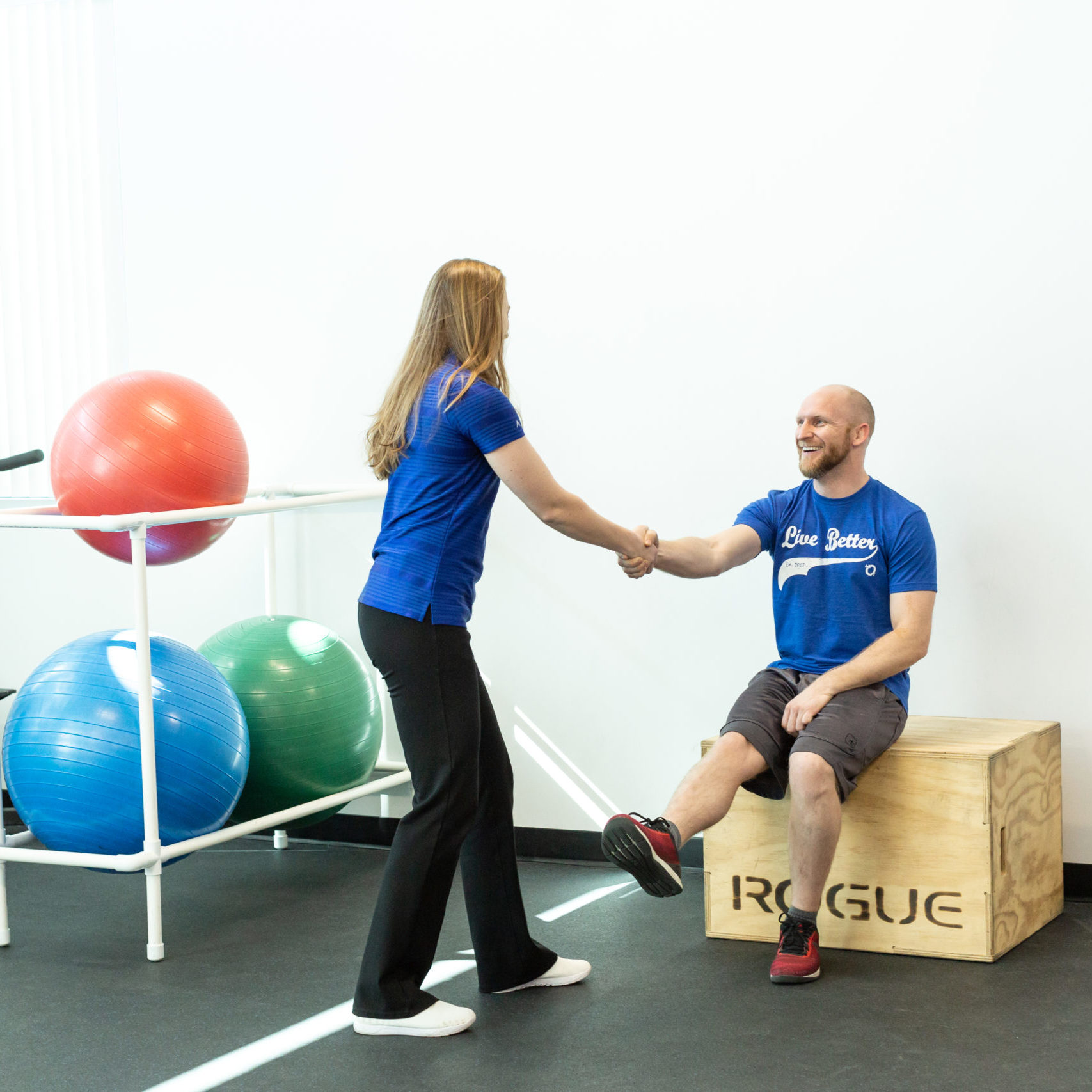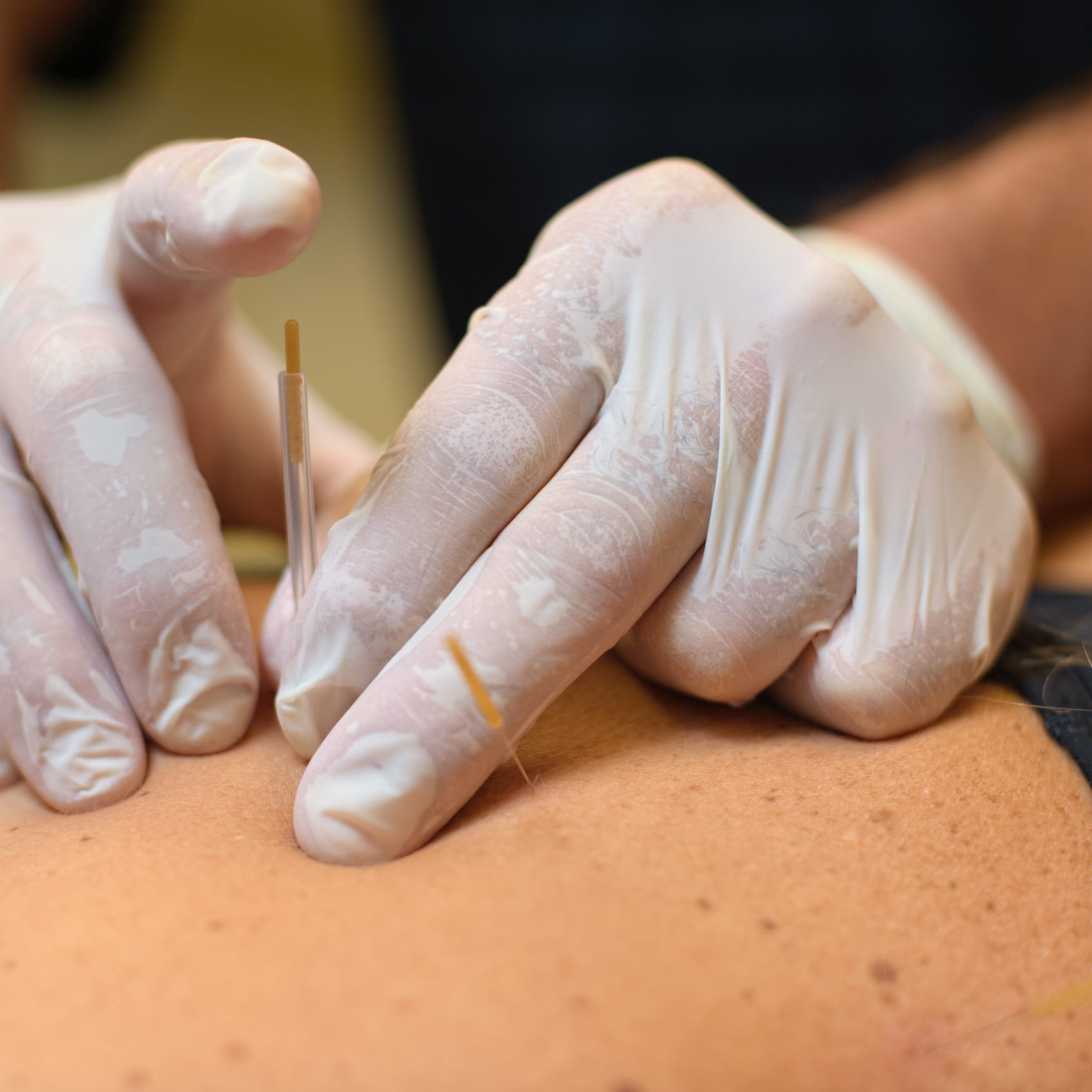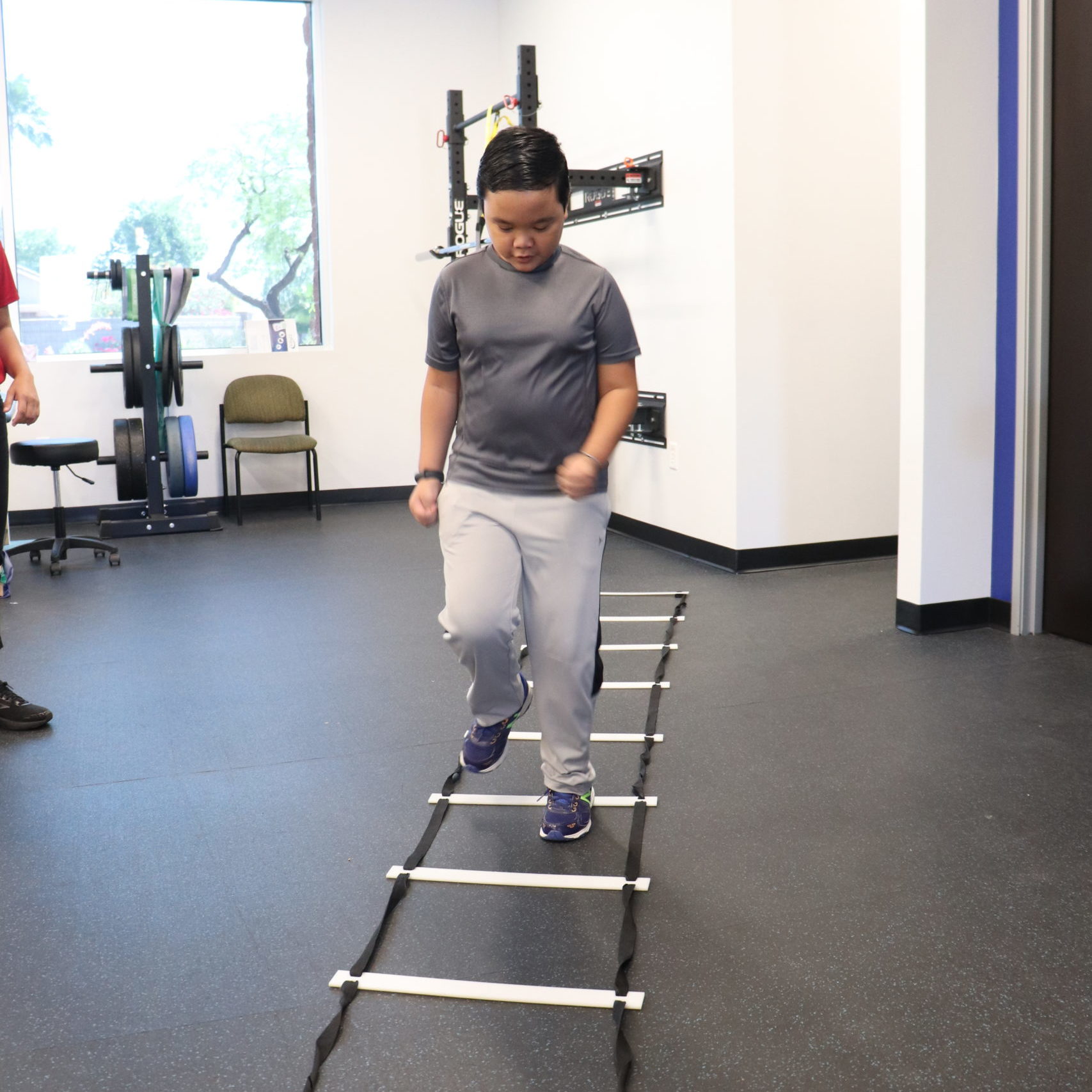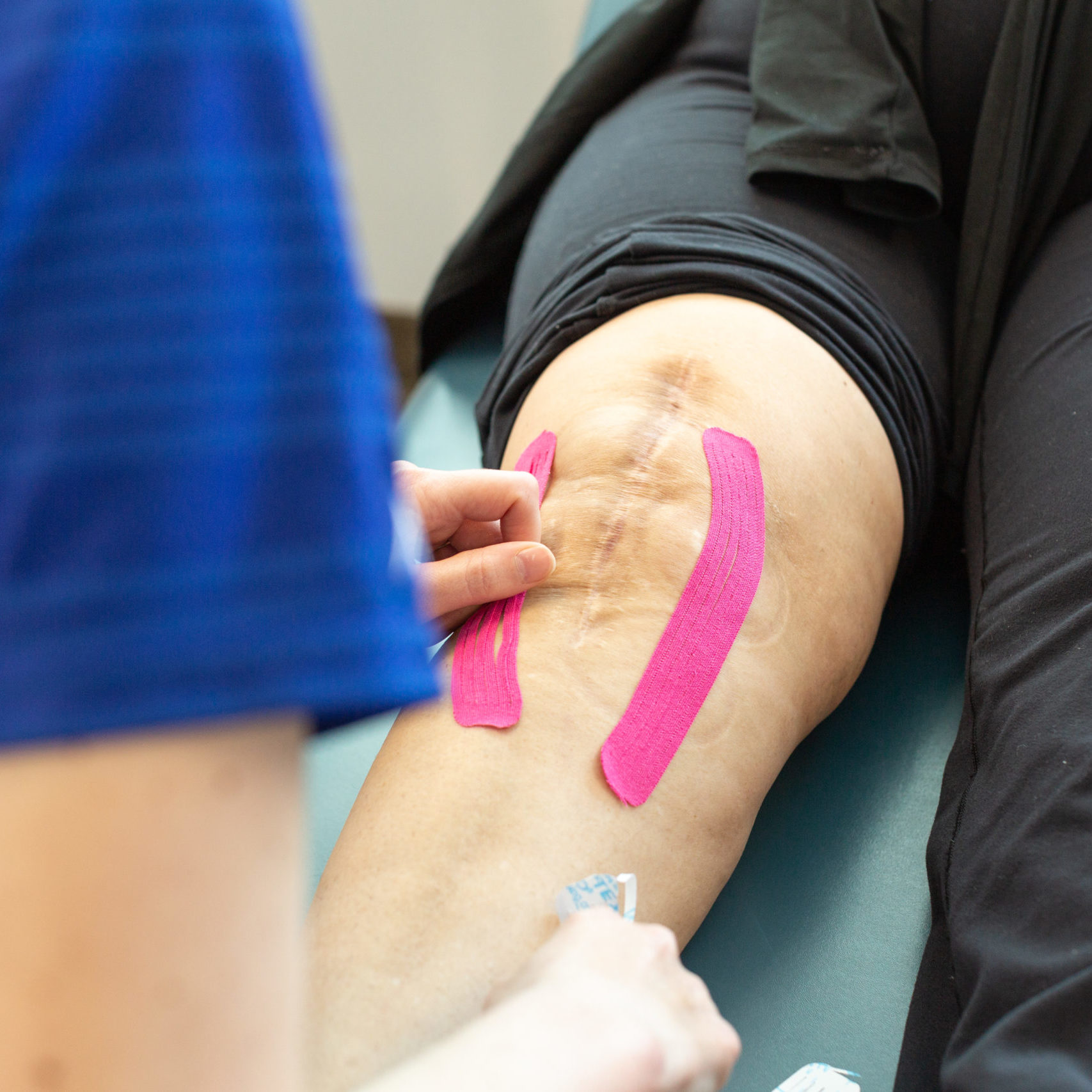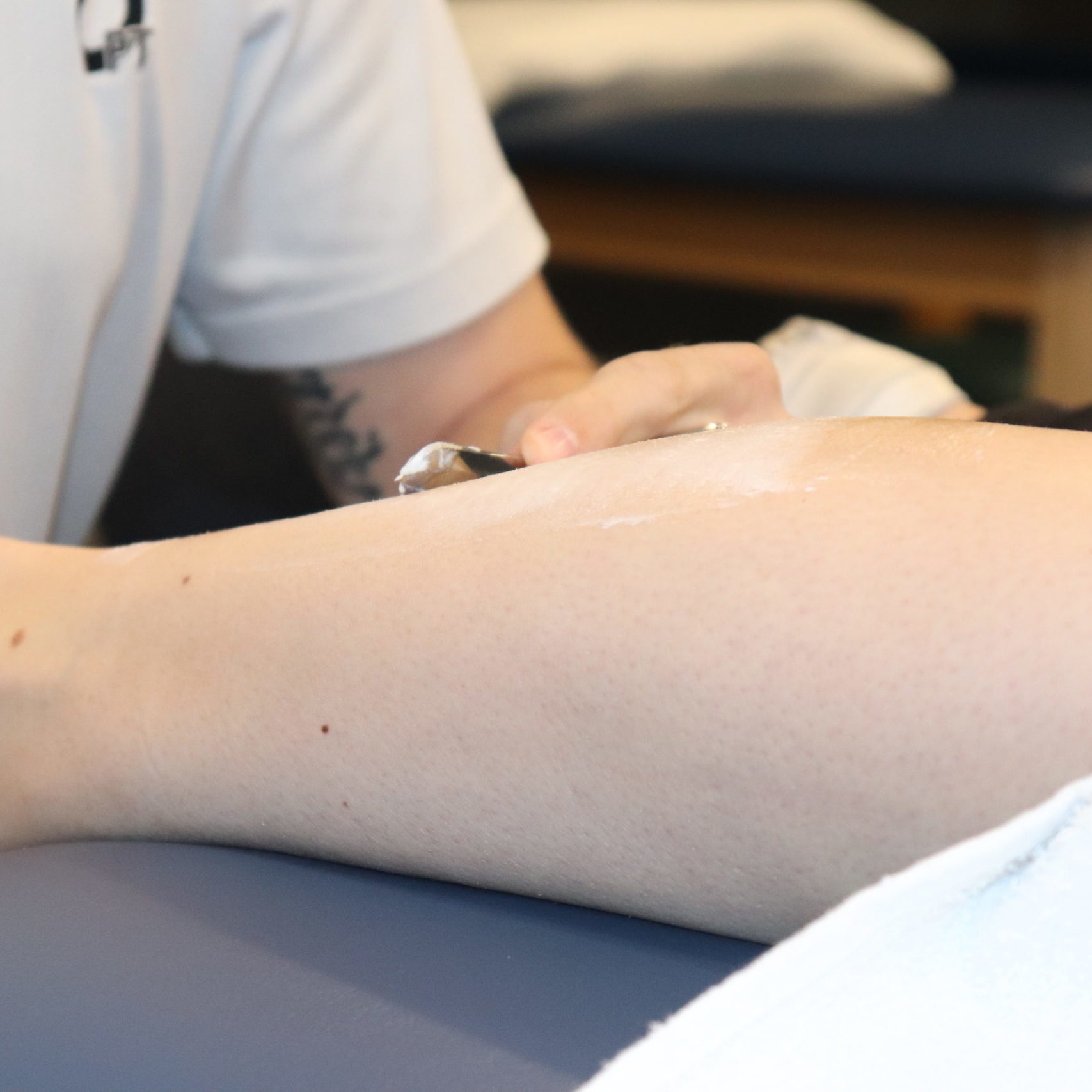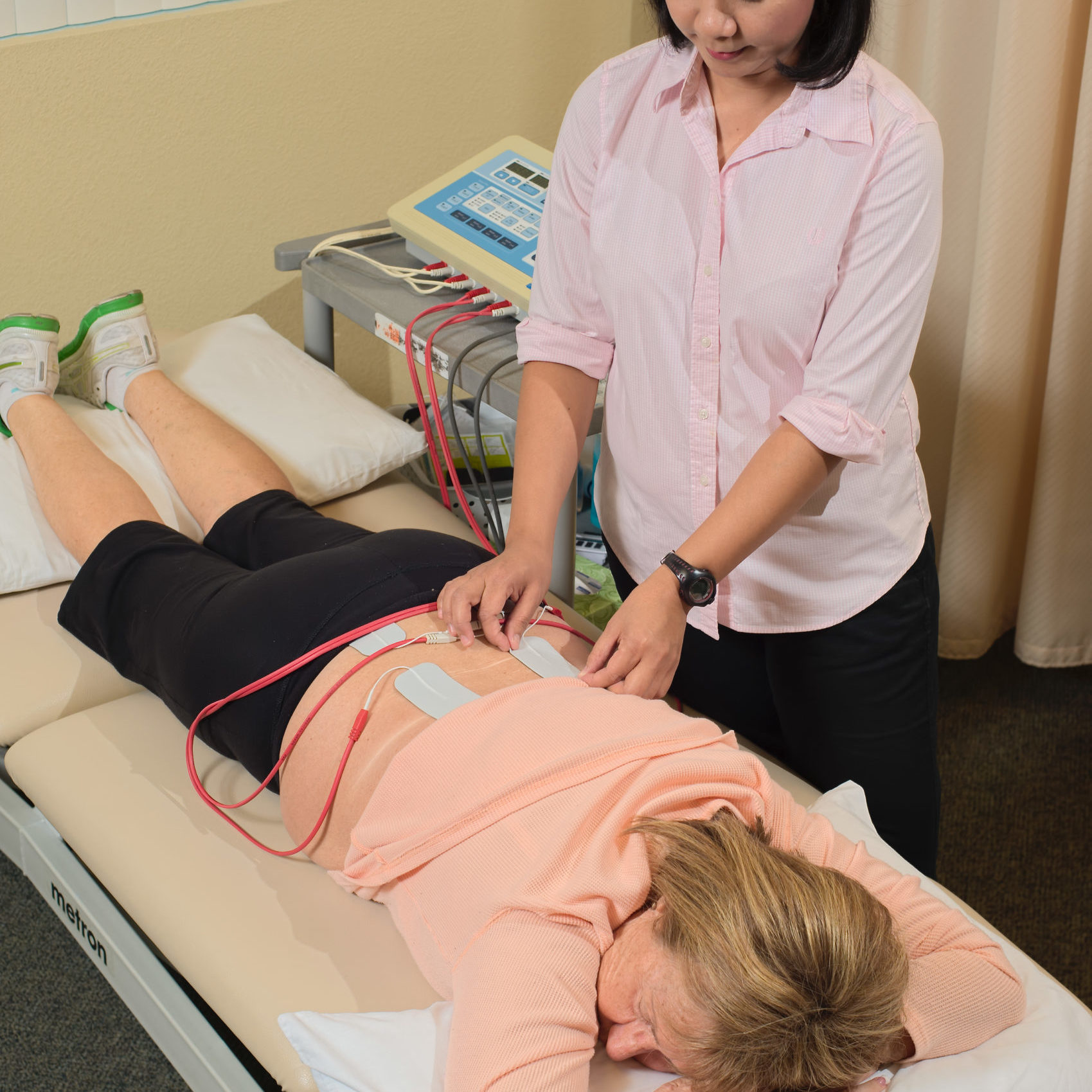The AzOPT approach to treatment is to provide an environment that promotes healing and encourages active involvement from the patient. We do not pack our therapists’ schedule by using techs to guide our patients’ experience. Therefore, our therapists spend more time with each patient utilizing techniques proven to work faster. Our therapists prefer to use their best tool – their hands – to reduce overall pain, release scar tissue, and improve blood flow at the tissue level.
Because no two patients are the same, your specific program is based on a thorough evaluation that gives us a complete understanding of your pain and any functional difficulties you are experiencing.
AzOPT utilizes a variety of treatment methods to help relieve pain as well as build strength and flexibility. All of these are part of a personalized plan of care designed to help patients return to activities and function at their best.
